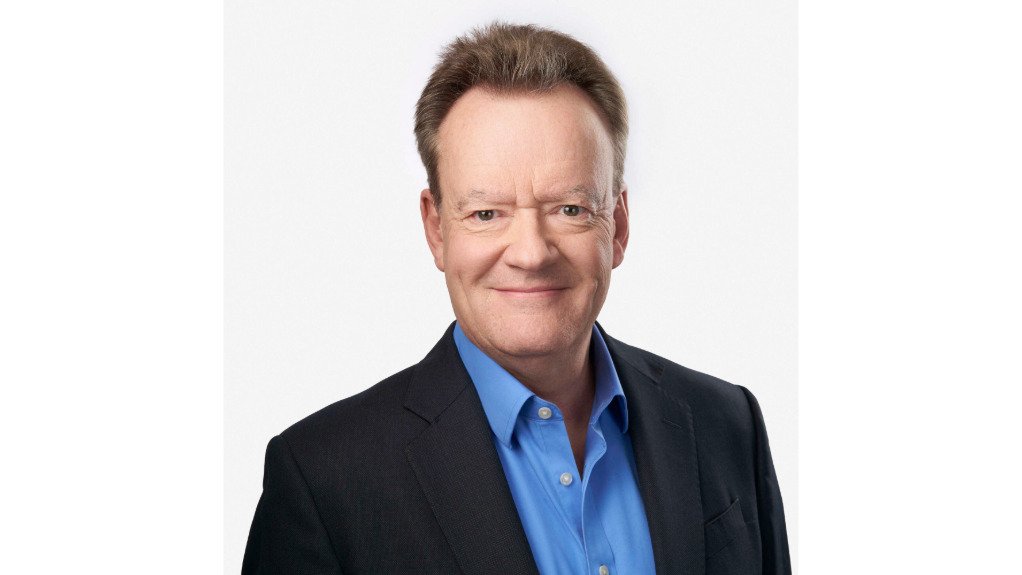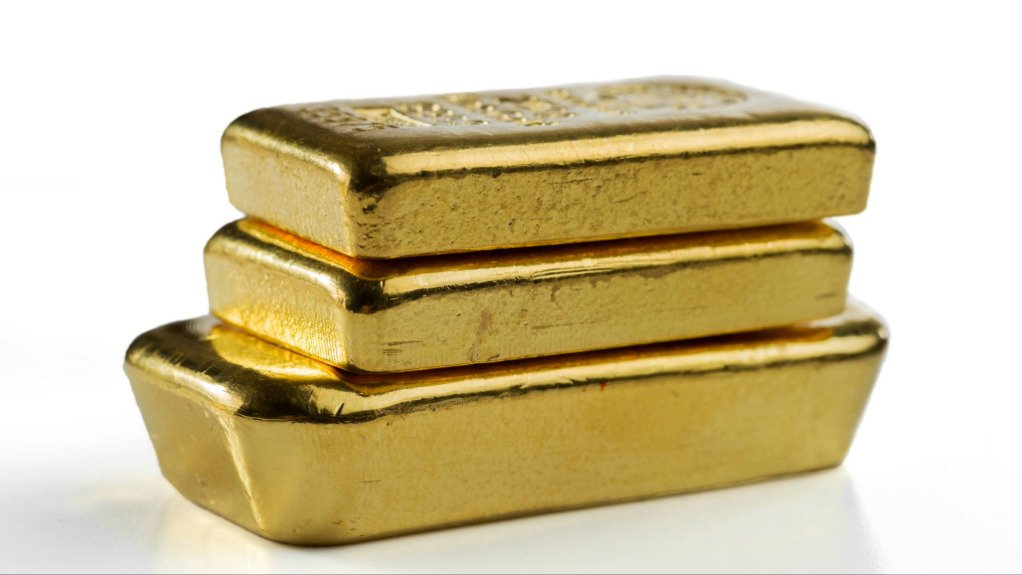Largely driven by strong central bank buying and growing investment demand, gold demand hit a record high in 2024, reaching 4 974 t, highlights gold market authority World Gold Council (WGC) senior market strategist John Reade in the organisation’s fourth quarter and full year 2024 Gold Demand Trends report.
For the third consecutive year, central banks purchased over 1 000 t of gold, with the yearly demand reaching 1 045 t.
Demand for gold, he says, was driven by three main factors: persistent inflation concerns, the global move away from the US dollar and the sanctions-resistant nature of gold.
The key driver of gold demand was, however, efforts by several regions to move away from the US dollar, with the move benefiting gold in the short term, though Reade says the Chinese and Indian currencies are not ready yet to take the role of a reserve currency.
“Gold is a good way of diversifying out of the [US] dollar in anticipation of those changes,” he explains.
In addition to this, the geopolitical landscape also played a role in elevating gold in 2024.
With the global West sanctioning Russia following the latter’s invasion of Ukraine, Reade elaborates that this “effectively locked up” most of Russia’s international reserves, though Russia still had access to its gold.
He notes that global central banks and governments have reacted to this move, equating to one of the big factors behind the WGC recording an increase in central bank purchases over the past few years.
More specifically, the WGC found that Poland was the biggest buyer of gold in 2024, purchasing 90 t, while other significant buyers include India with 73 t, China with 44 t, and Turkey with 41 t.
Although China halted its gold purchases temporarily for most of last year, it resumed them in November, with a net 10 t being purchased.
Gold Investments
Investment demand for gold also saw a resurgence in 2024, increasing 25% year-on-year to 1 180 t, marking a four-year high and mainly being driven by the return of gold exchange-traded fund (ETF) inflows in the second half of the year, following three years of net outflows.
Reade explains that when looking at the year-on-year comparisons of gold demand, ETFs are the biggest single change, having gone from large outflows from ETFs to a “basically flat” performance in 2024.
“In terms of investment demand, I think there is sufficient uncertainty, particularly regarding the new US administration, as to what they will do. That is going to make investors look for gold portfolios going forward,” states Reade.
Gold’s strong performance in 2024 was particularly notable given the high interest rate environment, which would have otherwise been a challenge for the commodity, but proved not to be with gold trading to record highs in the period.
“There is no doubt that one of the reasons why we’ve seen gold hit 40 [instances of] all-time highs last year has been because of geopolitical factors,” states Reade.
The rise was largely attributed to increased gold use in AI technologies and electronics, leading to a 7% year-on-year increase to 326 t.
Gold supply also reached a new record high in 2024, increasing 1% year-on-year to 4 794 t, being driven by both mine production and increased recycling.
However, despite hitting an all-time-high record of gold production in 2024, Reade suggested mine production has largely reached its peak, going forward.
“The fact that we are six years on from the previous all-time high shows that mine production has plateaued. The lack of new projects and expansions is probably going to prevent gold production from increasing dramatically,” he notes.
Looking ahead to this year, Reade remains cautiously optimistic about continued strong central bank buying and investment demand for gold, but points out that the WGC is always conservative, particularly with its expectations of central bank demand, noting that it has been “pleasantly surprised” by the amount of central bank activity experienced in the past.
Nonetheless, he warns that forecasting remains difficult given ongoing geopolitical and economic uncertainties, adding that this year is going to be a particularly difficult year to forecast with any confidence because of the unpredictable nature of the new US administration. ![]()







